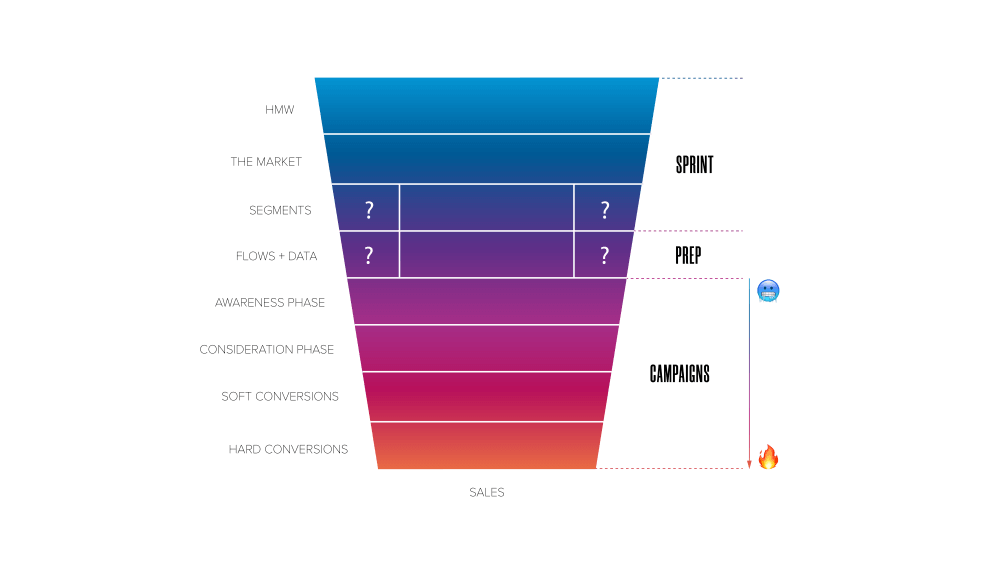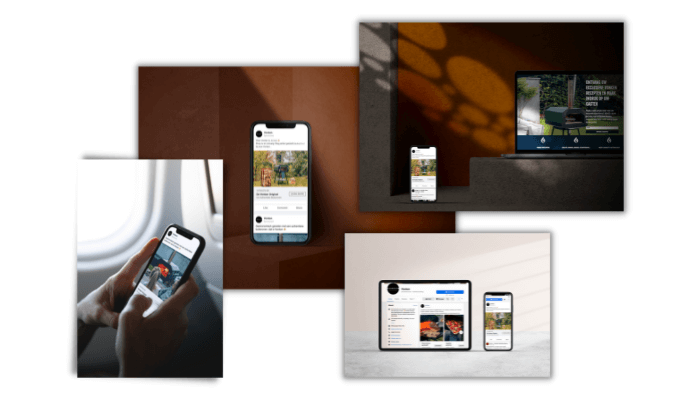5 Steps to audience targeting for ads that really work

Building digital campaigns is more than just having a nice ad. If you want to make the most of your marketing and budget, with high ROI, you need to do it the right way.
Become part of your market and create an effective ad structure based on data and insights.
Today, you need to stand out in the digital marketing world.
1. Deep dive into acquired data
Identifying the right audience for your advertisements is key. To ensure you define the audience that brings the most value for your efforts, go through the process of thorough research by deep-diving into your analytics and available data.
Use your acquired data to define the WHO of your target. Who do you want to reach and engage with? What are competitors doing and which keywords do they rank highest on?
This data-based research on your audience is your starting point for ads to avoid spending your budget in the ‘learning phase’ and pave the way to your desired results.
2. Understand your market and audience inside out
Understand the WHO of your advertisements, as mentioned before, and know where to find them. It will give you the power to bring the right message at the right time and get more results out of your efforts. At this stage, you also look at the product-market fit.
Where is your target audience in your marketing funnel? Are they aware of your brand, do they have a relationship with your brand already? Identify the stage of the relationship between your audience and your brand here. What is the type of action you want them to take after seeing your ad: to buy right away, give them more information about your products or services, retarget someone?
Let’s make sure you can answer these questions first! That way, you’ll be able to create a more concrete strategy instead of targeting very broad from the start and potentially losing a lot of time and budget.

3. Define segmentation and targeting
With the thorough understanding of our audience, we can now define our targeting and segmentation.
As a company, you can spot multiple interesting audiences for your products or services to target.
However, audience targeting and segmentation is necessary to make sure you don’t lose budget showing your ads to the wrong people.
The best strategy is to control your budget and improve conversion rates of your ads to get the best ROI.
Targeting also allows you to adapt your message to the different segments.
You need a strategic marketing plan when it comes to defining your audiences, since there are so many parameters to consider. We do this by creating personas together with our client, ideal customer profiles that are based on data and knowledge. Why would they buy your product or service, and where can you find them? Now we can implement these in our targeting parameters in the right tools or channels to reach the ideal consumer.
Many tools such as Google Ads and Meta Ads (for Facebook and Instagram) allow you to set parameters such as age, location, interests, job, skills… You can really narrow down your audience to a specific group, or leave it rather broad and let the tool of your choice learn about your ideal customer. Do you have a product that saves a lot of time for parents? You could choose to target parents with children within specific age ranges.

Now it is of utter importance to tailor your message to the segment of your audience that you defined and design their own marketing funnel. This way, you will stand out and get the most out of your advertising.
Let’s take a look at a great example: our client Vonken, for whom we developed an in-depth and hyper-focussed digital strategy. They sell two types of outdoor ovens: a smaller version, targeting a younger and more urban group because the size is more convenient in a city environment for example. The other oven has a bigger size and is optimized for a garden, and is in a higher price segment. Although both products are similar and from the same brand, they’re targeted to two different segments with two different messages. That’s how you stand out! Why? Because relevance is key.

4. Make it personal
In the digital era, more products and services focus on personalization and customization. Consumers enjoy and seek to add their personal touch, and brands who showcase this in their messaging will find success in their audience. Follow this approach to adapt your advertising and messaging. This means: focusing on your segments and their personas to create a tailored message.
As mentioned above, you need to design a unique funnel for each segment that includes all the touchpoints: advertisements, landing pages, retargeting… Adapt and personalize your message to these segments to get the most out of your advertising and test various types of visuals, pictures, texts, taglines…
And now, it’s showtime! Make sure there is synergy between all touchpoints.
5. Test and optimize
Now that your structure is all set up and ready to go live, already plan in time to test and optimize your ads.
When your ads are running, you should always be testing different variables such as copy, images, targeting…

Do your ads appeal better to a certain age group, and what could be the reason? Should you use longer or shorter texts for this audience? By split testing continuously, you’ll keep learning about the type of ad that works best for your audience and get the most out of your budget.
The rule here is: test and trial – but only test one element at a time.
Key takeaways
Most important tip to remember: don’t play the guessing game, marketing is not gambling.
Develop a strategic approach to all areas of your marketing efforts for the highest ROI.
Like we always say: don’t just target your market, be part of it! Want us to set up a winning ad strategy and help you improve your ad conversions?
Let us know and plan your introduction call now!